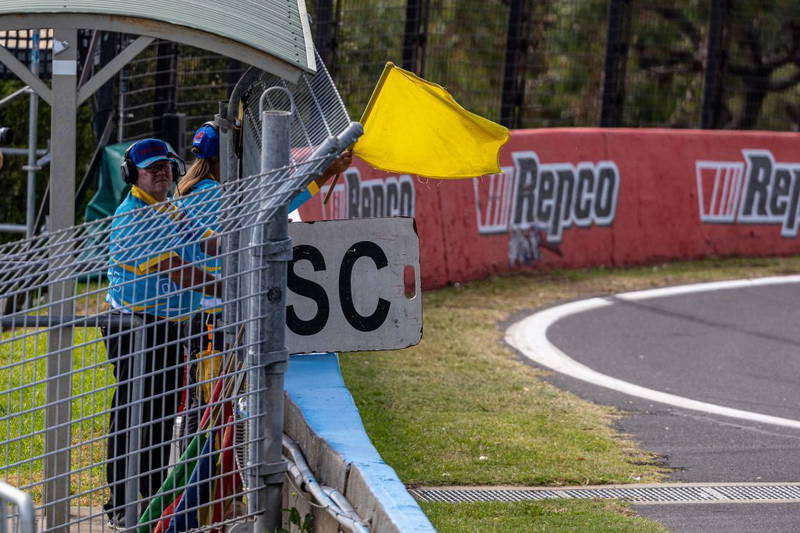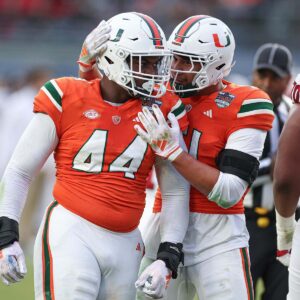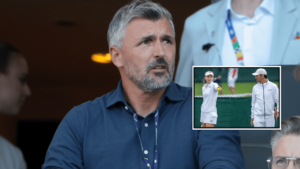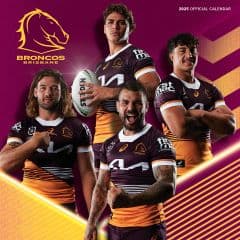
Just now: Tander fears Bathurst crashes under ‘excessive’ FCY speed due to risky arrangements…
After race authorities reviewed the Sandown 500, they increased the maximum speed allowed under FCY from 80 km/h to 120 km/h, which was communicated to teams on Tuesday.
The speed limit – which must be obeyed within 15 seconds of an FCY or Safety Car being called – was introduced this year as a safety measure, ending the practice of drivers racing to the SC or pitlane.
However, there were several instances of nose-to-tail contact between cars at Sandown as drivers slammed on their brakes at different points to slow to 80km/h before the countdown expired.
“The reason they’ve upped the speed so much is when we’re coming down, say at the end of Conrod at 290 kay an hour and we go Full Course Yellow, to get the car stopped to 80 kay will take about four and a half seconds,” Tander told the Drivers’ Seat.
“To get the car stopped from 290 kay to 120 is about three seconds.
“So they’re trying to up the speed so we don’t have the David Reynolds, Will Davison drama that we saw at Sandown. But I think the 120 kay seems a bit excessive.”
Tander fears that drivers may crash while trying to take key corners on the speed limiter during FCY periods.
Rookie Cameron Crick spun under yellow flags at the Sandown 500, appearing to attempt Turn 4 at the 80km/h limit while on cold tyres.
“At 80km/h there’s no grip-limited corners at Bathurst,” noted Tander. “You can do the whole track flatout at 80km/h and theoretically you won’t spin, if you’re on a warm tyre.
“At 120km/h, there’s seven grip-limited corners. I think we’ve probably gone too far now to 120 kay and the potential for Full Course Yellows breeding Safety Cars might come.
“Because if you spin it at the Dipper at 120 kay an hour on cold tyres, it means you’re probably going to hit the wall.”
Crashing under yellow flags tends to be harshly penalised as it’s ultimately the responsibility of the drivers to exercise caution.
Although the previous system of cars racing back to the Safety Car or pitlane under yellows appeared highly dangerous, few incidents ever resulted from it.
“If it stays at 120 kay an hour, I’ll figure out how to drive those seven grip-limited corners the best I can under Full Course Yellow and so be it,” Tander added.
Supercars Driving Standards Advisor Craig Baird explained to Speedcafe earlier this week that the increase in FCY speed was made following consultation with the drivers’ group.
The group was established in late 2022 to help give the full-time Supercars drivers a voice in such matters.
“The drivers are wanting that speed to be a little bit higher, to give them more wriggle room [when slowing down],” said Baird.
“That might be something that in the future is track dependent. Bathurst might have a different speed than the Gold Coast.
“But this is coming from the drivers’ group. We’re listening and we’re just trying to work with them.
“If the three parties, the drivers’ group, Supercars and race control, being Motorsport Australia, can try and pull in the same direction, we will have more happy people on the grid.”
Baird also confirmed the 15-second countdown process displayed on the dashboard of each car was reviewed following questions over whether it had contributed to the Sandown incidents.
“It is perfectly synched, it’s all coming from the same Motec count,” he said. “Technical have looked at it and they’re happy with the dash and the count.”





